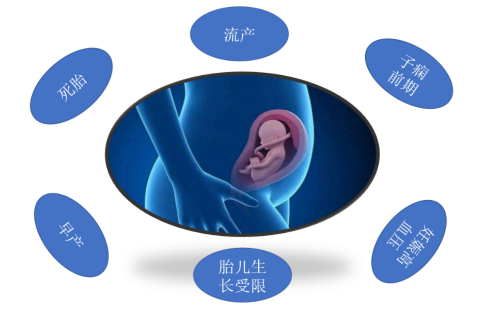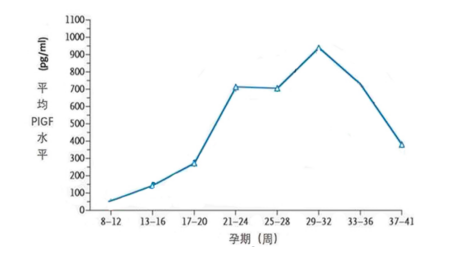Title:
- The first national multi-center working conference of the Chinese Preeclampsia Risk Prediction Research Project (ChiPERM) was successfully held in Shanghai 2021-06-03
- Ningbo Aocheng Preeclampsia Whole Pregnancy Solution Shines at the 2021 Obstetrics and Gynecology Conference 2021-09-09
- Conference Express|Uterine Artery Pulsatility Index Quality Control Training Seminar was a complete success 2021-09-09
- Conference Preview|The 18th Zhejiang Primary Medical Equipment Exhibition 2021-09-09
- Conference Preview|Guangdong Preventive Medicine Association 2021-09-09













